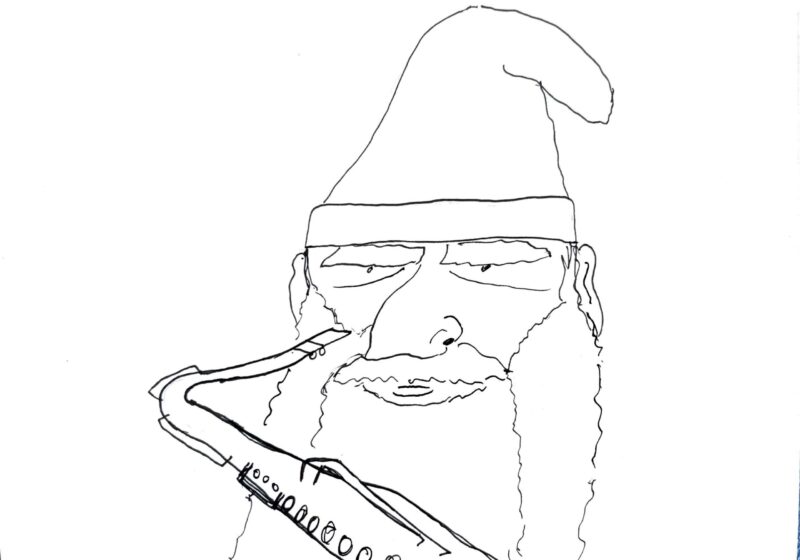My first introduction to the “Star Trek” universe was with Chris Pine’s baby blues and Zachary Quinto’s freakish eyebrows — I saw the first movie in the rebooted movie franchise.
The so-called prequel to all existing “Star Trek” movies was tight, action-packed, and filled with innovative visuals (including some classic J.J. Abrams lens flares), an invigorating score, and talented performances from the entire cast. The two movies that followed “Star Trek” — “Star Trek Into Darkness” and “Star Trek Beyond” — properly satisfied my desire to see more content from that universe.
I had never watched the original Gene Roddenberry TV show, and there was no pressing reason to enter a whole new realm of TV history. But one day I was scrolling through the “Recommended” section of my friend’s Netflix account (yes, I have her permission) and came upon the original “Star Trek.” Pulled in by the picture of Shatner and Nimoy charismatically posing in the Enterprise, I clicked. I wanted to not only see at least an episode of Nimoy’s acting, so revered after his passing, but to also compare the versions of the characters that I was familiar with.
The original “Star Trek” series was revolutionary — it strived to embody the concept that all life is precious and worth saving, transcended politics, and mirrored real-world issues in the show. The show features characters with multiple ethnicities, like the Japanese pilot Sulu and Uhura, a black female communications director. It even featured television’s first-ever interracial kiss.
At the same time, the show was not always so progressive. All of the female crew members wore impossibly short skirts, which I can’t imagine being protocol for military-like operations. In the episode “The Enemy Within,” Yeoman Rands is portrayed as almost enjoying being assaulted by Kirk’s alter ego. Several episodes portray Kirk’s love interests as weak and helpless — even turning women who are part of the crew and have shown to be capable in previous episodes into weak-willed dribble so Kirk can save the day.
It serves to show that when evaluating progressiveness, you must remember that whatever media you’re analyzing is a product of its time. Cultural and societal beliefs are bound to bleed into the media. And that’s not a bad thing. Cultural context is a part of every person that exists during a given time, and it reflects how much society has changed from the past, and also offers a direction in which society can change in the future. And by change, I am not trying to ascribe a political sense to the word, but a practical sense — human society has been changing for all of its existence. Reflecting on that change can help create a better society in the future.
“Star Trek” is a landmark progressive show. But it’s also a show made in the 1960s. And it can be both of these things at once. I can enjoy its heart — the pure belief in science, the unfettered desire to just explore, and, at times, the overly dramatic acting — and also realize its flaws. The show is a staple in American culture for a reason, and for those very reasons it will continue to be enjoyed in the future.



